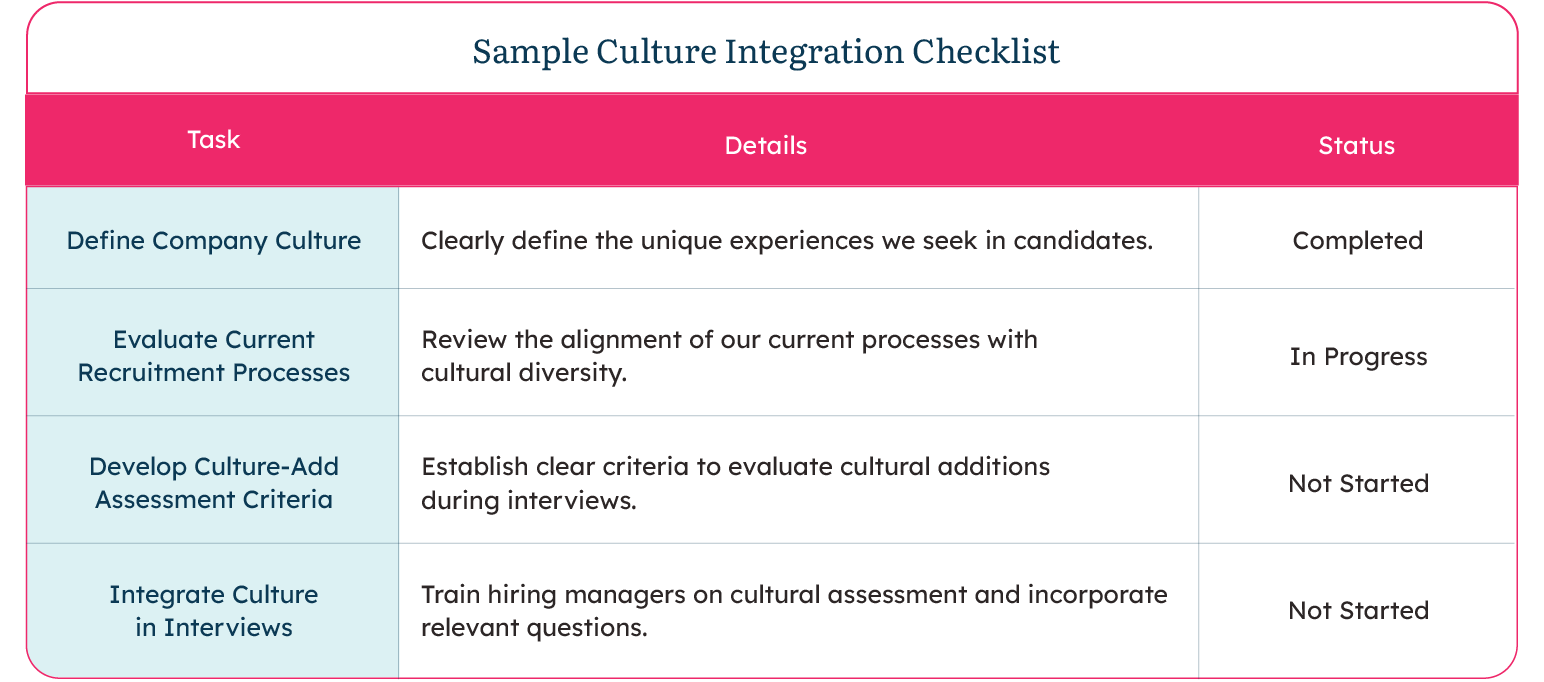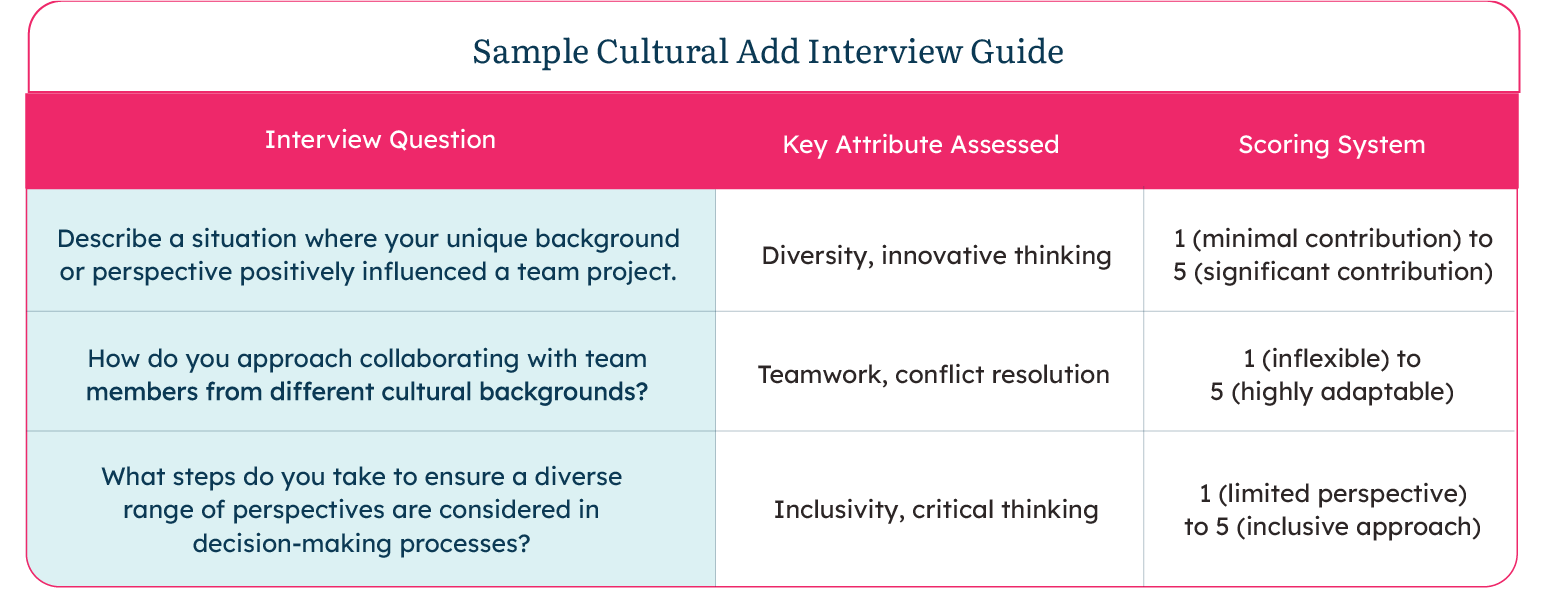This blog about recruiting metrics was originally published in June 2019. All relevant sources and statistics have been updated as of August 2024.
Recruiting metrics, or KPIs (Key Performance Indicators), are like the compass and map for your recruiting process. They help you track, benchmark, and evaluate your results with precision. While there are many metrics you can choose from, it’s easy to become overwhelmed by the process of tracking and measuring results. That’s why we encourage you to select three core metrics that can be incredibly informative based on your current recruiting initiatives and goals. Let’s dive in and see how you can steer your recruiting ship toward the shores of success.
What Do Metrics Have to Do with ROI?
Recruiting and hiring are the lifeblood of any thriving business or organization. Think of it as the fuel that keeps your company engine running smoothly. Recruiting can be seen as a cost center, but with the right metrics, it can be transformed into a revenue-generating powerhouse. To change the narrative and elevate decision-making within your company, you need to:
- Establish clear recruiting and hiring goals.
- Determine the impact these goals have on your organization
- Continuously evaluate and improve your processes
- Measure success using KPIs that align with business initiatives and revenue.
It all begins with some baseline metrics; without them, you’re navigating blind.
Where Should I Start?
Here’s the good news: you don’t need to start with a mountain of data. Picking out three metrics, like Source of Candidates, Time to Fill, and Quality of Hire, can set you on the right path. Let’s unpack these, define them, and understand how to use them effectively. Don’t worry; these metrics are relatively simple and can be tracked using tools you’re already familiar with, like Excel or Google Sheets.
Do I NEED to Track Metrics in Recruiting?
The short answer is absolutely. Without metrics, you’re essentially flying blind. Metrics provide real insight into what strategies are working and which ones need a little TLC. They create a unified goal and deepen conversations and accountability between HR, Recruiting, Hiring Managers, and Executives. Think of them as the glue that holds your recruiting efforts together.
How Do I Begin?
Now that you have an idea of where to start and why metrics matter, let’s look at our favorite first-step metrics individually. For the data geeks out there, you can dive deeper into metrics in this informative blog from the folks over at HireVue: 8 Crucial Recruitment Metrics You Should Track.
1. Source of Candidates
“Where are your candidates coming from?” This foundational metric is defined by the sources your candidates use to apply for your openings. It’s super easy to track when you have a process, source codes, and a system in place. This is particularly crucial if you spend money on job boards, advertising channels, employee referrals, and outside agencies. Knowing where your hires are coming from will help you determine where your budget is best spent.
Sources to Consider Tracking:
- Job Boards (Indeed, LinkedIn, etc.)
- Employee Referrals
- Recruitment Agencies
- Social Media Platforms
- Company Careers Page
By monitoring your source reports, you understand what’s working well and what might need adjusting. For a deeper dive into sources of candidates, check out this article from Workable: Source of Hire.
PRO TIP
For tips on how to build an agile recruitment strategy, ensuring you’re always ahead of the curve, see our blog: Building an Agile Recruitment Strategy
2. Time to Fill
If you’re looking for inspiration on how to reduce your time to fill drastically, check out our successful case study: How We Filled Tillamook’s 212-Day Vacancy in Just 48 Days
Time to Fill tracks the number of days from initiating the recruiting process to the time it takes to select a candidate who accepts the offer.
Formula:
- Time to Fill = Total Number of Days Job is Available and Unfilled.
- Average Time to Fill = Total Number of Days Open Jobs / Total Number of Open Jobs
This metric helps you determine if your position-filling timeline is realistic and attainable. It also allows you to identify and address any delays in your process. Remember, it’s not always about how fast you can hire but whether you are losing candidates to a broken or clumsy process.
Reasons to Track Time to Fill:
- Identify bottlenecks in your hiring process
- Improve candidate experience
- Ensure your recruiting goals align with business needs
3. Quality of Hire
Quality of Hire is a bit more complex as it involves evaluating the performance and impact of new hires. This metric is typically linked to performance reviews, including turnover, promotions, churn, and transfers.
Quality of Hire Formulas:
- Quality of Hire (%) = (Job Performance + Ramp-up Time + Engagement + Cultural Fit) / N
- All scored out of 100, N = number of indicators
- Overall Quality of Hire (%) = [Avg. Quality of Hire score + (100 – Turnover Rate)] / 2
- or
- Overall Quality of Hire (%) = (PR + HP + HR) / N
- PR = Average job performance rating of all new hires
- HP = % of new hires with acceptable ramp-up time within the given timeframe
- HR = % of new hires retained after one year
Why Track Quality of Hire?
- Better company performance
- Increased employee engagement
- Stronger company culture
- Reduced turnover rates
PRO TIP
Check out these innovative recruiting solutions to accelerate your hiring timeline and elevate your recruiting strategy beyond the basics.
The Last Word
It can feel overwhelming to get started, but remember, every journey begins with a single step. This month, start tracking your sources to see where your most promising candidates are coming from. Next month, add in Time to Fill. Track that for several positions or departments. Once you have your ducks in a row, pull in Quality of Hire data and other metrics that help your company get the best results.
And if you get stuck, give us a call or send an email. R2R is your trusted partner in hiring and recruiting strategy. Let’s make data-driven decisions together! Get in touch here.





